This is part fourteen in a series of blogs on my recent artistic adventures in Mexico.
After safety returning Meghan to the Hotelito with no major incidents with los Federales, my next shoot was scheduled with the ever inspiring Brooke Lynne in a few hours.
I found Brooke curled up on one of the comfy large chairs in the main room, relaxing.
“I know we have a shoot scheduled later this afternoon, but I was thinking we might want to reschedule,” I offered.
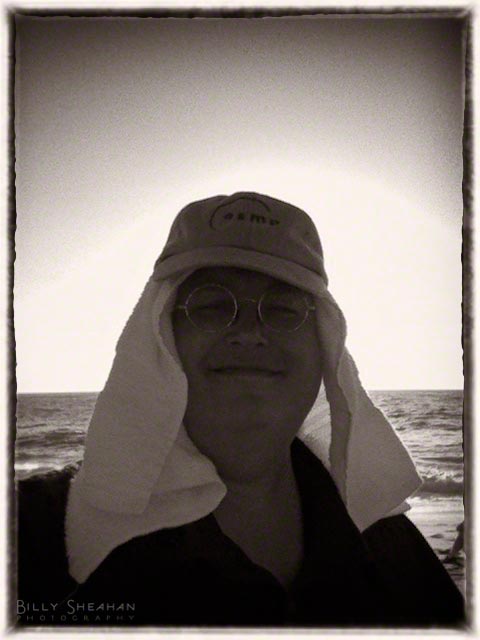
You see, while I was really looking forward to photographing Brooke and had scheduled time with her a few days earlier, something else had been planned for the ZoeFest group at the same time as our shoot. I was thinking we both wouldn’t postpone a shoot without discussing it first, but I could tell by Brooke’s smile that she was thinking the same thing.
“Yes,” she softly said, “Let’s find another time to shoot.”
We both had time open in three days and we agreed to have our photoshoot then.
So what could cause a model and her photographer to postpone a perfectly good shoot, you ask?
¡Las tortugas!
The turtles!
Todos Santos, with it’s Pacific Ocean coastline is a favorite spot for sea turtles to nest… well maybe not a favorite spot as turtles don’t leave comments on Yelp! and so we can’t know for sure, but Todos Santos seems to be a perfectly reasonable spot, nonetheless.
We loaded up our cars with as many bodies as we could fit and drove from the Hotelito down to the beach where there was a sea turtle preservation site called, Tortugueros Las Playitas.
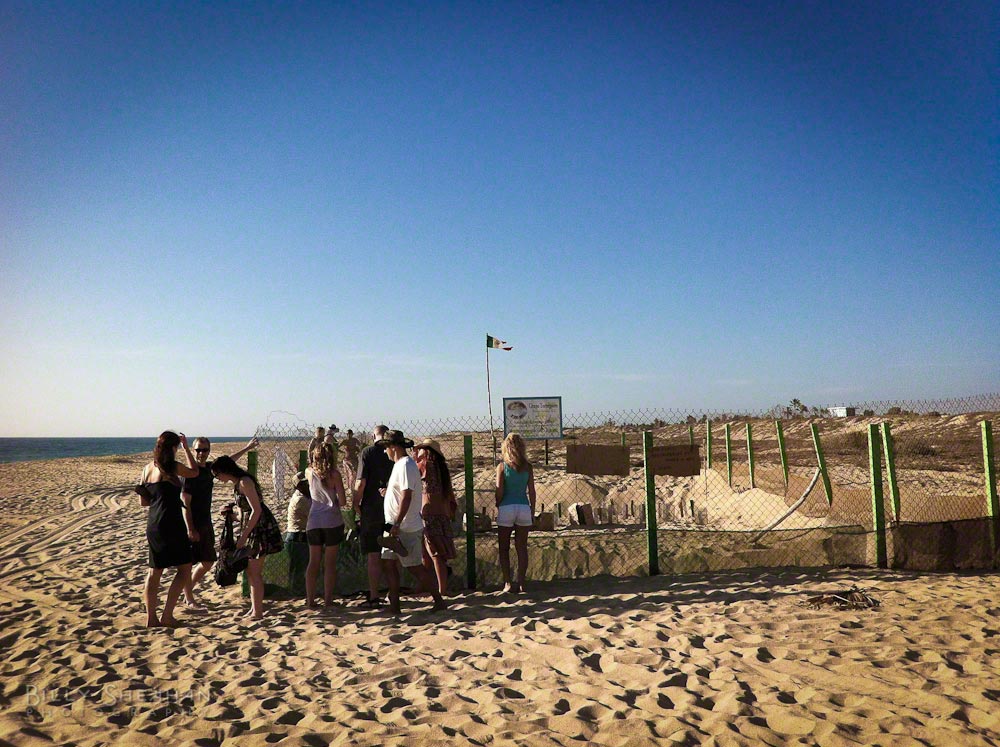
We all walked down the beach toward a large fenced in area. The sun was beginning to set and soon it would be turtle time.
A few of the volunteers entered the fenced in area as we gathered on the outside awaiting instructions. The instructions were in Spanish, but luckily one of our own, the lovely Tara Tree, originally from Ireland, but now from Spain, provided the translation. (You’ll see more of Tara in an upcoming blog. She really is lovely.)
Sea Turtles only leave the water during the summer to lay their eggs at beaches and lower dunes. A female turtle will lay around 100 eggs in a nest and sometimes will create as many as five nests in a season. That’s a lot of potential turtle hatchlings, but as we all learned, very few manage to survive a ridiculous list of natures obstacles. Nature really can be a cruel mistress sometimes. The turtles can grow to over two meters in length, weigh 2000 pounds and live for 80 years.
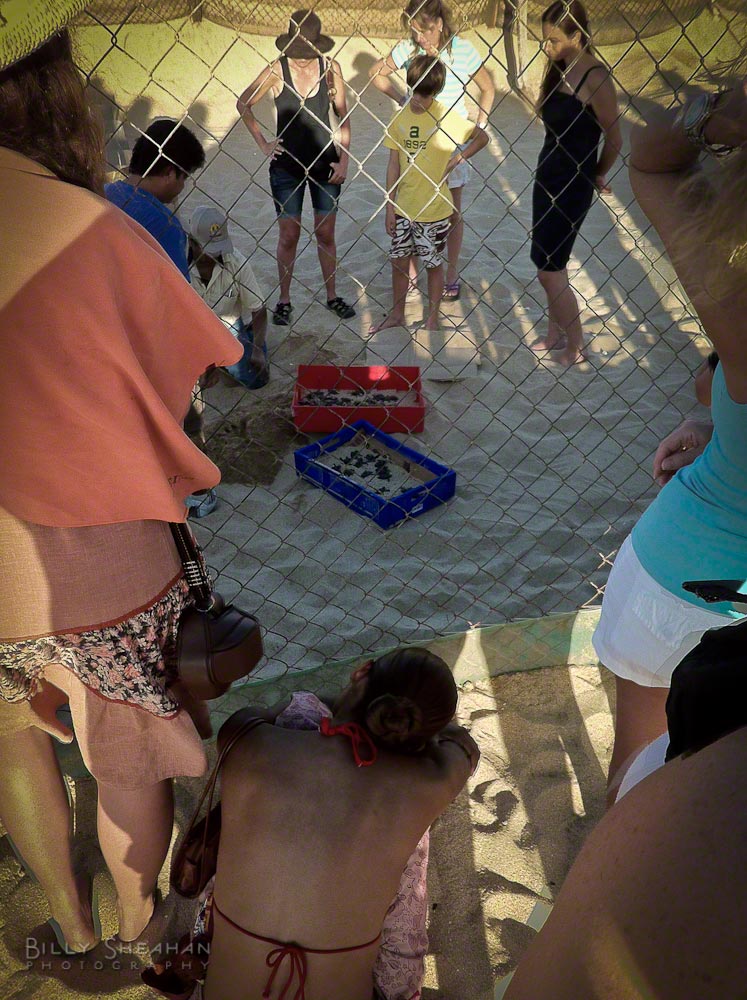
The nests are buried deep in the sand, about 1 meter down, to protect the eggs for the 70 days it will take for the hatchlings to be ready to dig themselves out and head to the ocean.
But how do the turtles know to nest in the protected fenced in area? Well, that’s just silly. Again, sea turtles rarely have reliable internet access and Google Maps is simply out of the question. So the nice conservation volunteers locate fresh turtle nests soon after they are made and relocate them to the protected area. Each nest is marked with a hatching date to make sure the baby hatchlings aren’t disturbed until they’re ready.
We were also instructed on how we would be helping the little guys make it to the ocean. First, never handle a hatchling without first “washing” your hands with sand. Apparently the scent of the sand at a particular beach helps the turtles return to the same beach when they are old enough to make their own nests years from now.
Second, once the turtles were helped by volunteers to dig their way to the sand surface after hatching below, they would be collected in containers and carried toward the ocean. We would then all form a straight release line a few meters from the ocean before receiving our turtles to insure none of the little guys would get stepped on after the release.
With all the instructions out of the way, the volunteers located a nest where some of the turtles were beginning to climb out. Apparently it can take days for the turtles to dig their way up after breaking free of their shells.
Okay little turtle, break out of your egg shell. Done that? Great. Now in complete darkness and buried under a meter of sand, figure out which way is up and start digging… for days. Like I said, nature can be a bit cruel.
Luckily for these hatchlings, they were going to get a lot of help. One volunteer began to delicately reach down into the sand, carefully digging and pulling several turtles to the surface, bypassing the last bit of the climb out. Another gentle reach and another handful of tiny, tiny turtles. And another, and another. I could only stand there in wonder at the climbing chaos that must have been going on down there in the darkness.
The turtles were placed in shallow containers big enough to accomodate dozens at the time without them being piled on by the ever emerging number hatchings that were now flapping around, free from the sand. They were clearly exhausted but most of them continued to try to move to the edges of the containers and toward the setting sun.
Which brings us to the next insane turtle hatchling challenge.
Okay, everyone here? Great. That was some climb to the surface wasn’t it? Okay. Now, you all see that giant glowing orb over that way? Yes? Good. That’s the sun. It’s setting over the ocean, as we speak. What’s the ocean? Well that’s home everyone. Yes! I’m as excited as you are. All you have to do is crawl about a hundred meters toward that…. what?… What’s a meter? Well, remember how deep your egg was in the sand? Yeah, that’s about a meter. So all you have to do now is crawl a hundred times that distance and… Hey! What’s with the whiny attitudes here? Your ancestors have been doing this for 150 million years. I know! Right? Yes, Henderson, longer than the dinosaurs, you show off.
Happily, Henderson and the others would get to skip most of that hundred meter dash to the ocean, thanks to our group and the volunteers that had gathered several containers full of hatchlings and were now walking them closer to the water with us in tow.
I, again, was filled with wonder knowing that without the conservation area, the turtles scrambling toward the giant glowing orb would probably be scooped up by the birds circling nearby. At least we were giving them a fighting chance to make it to the water.
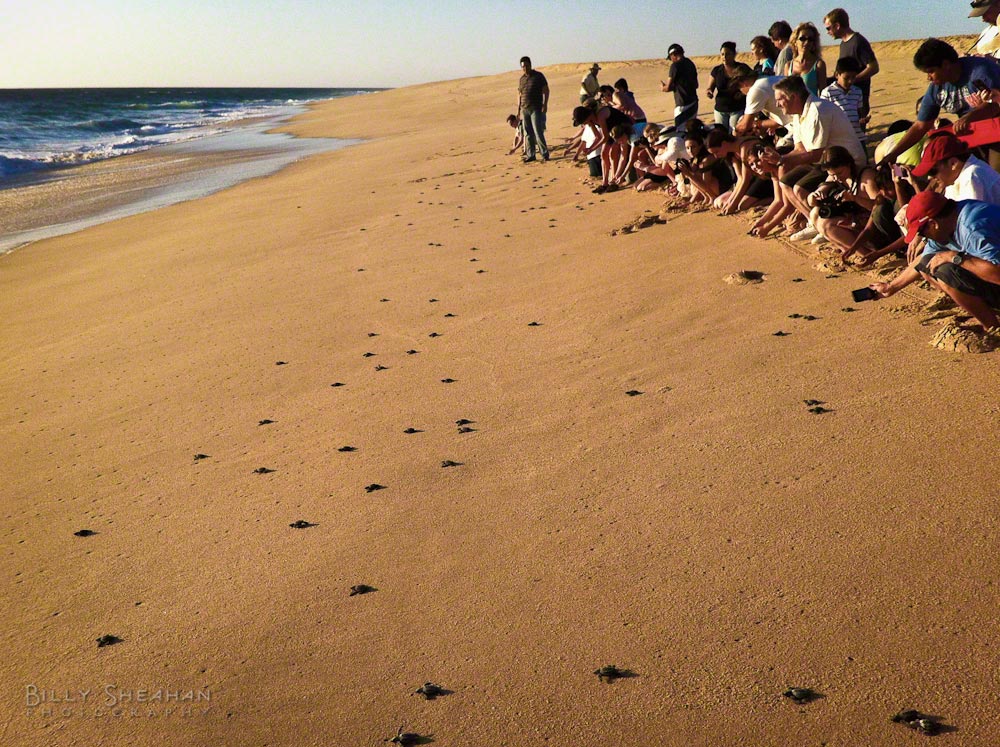
We lined up as instructed, washed our hands in the sand and waited for the volunteers to come by and hand a turtle or two to each of us. They were so tiny! I was easily able to hold two in my palm. Well easily is a bit of an exaggeration as they continued to flip their flippers, making it difficult to avoid dropping them. And so fragile. And cute. Did I mention how adorable they were?!
Luckily we didn’t have to hold them for too long as we were all told to get ready to release.
Aaaaaaaaaaaaaaaaand…. release!
And like the silly humans we were, it turned into a bit of a competition, each of us yelling for our turtles to win the race to the water. They must have loved that. (sarcasm)
There they go… almost there and….
WAVE
Oh no! As we watched our turtles tumbling head over flippers back toward us. Again with the unfair nature thing.
Okay, they’re back on their flippers and heading back toward the water again! Hurry little turtles! Here comes another….
WAVE
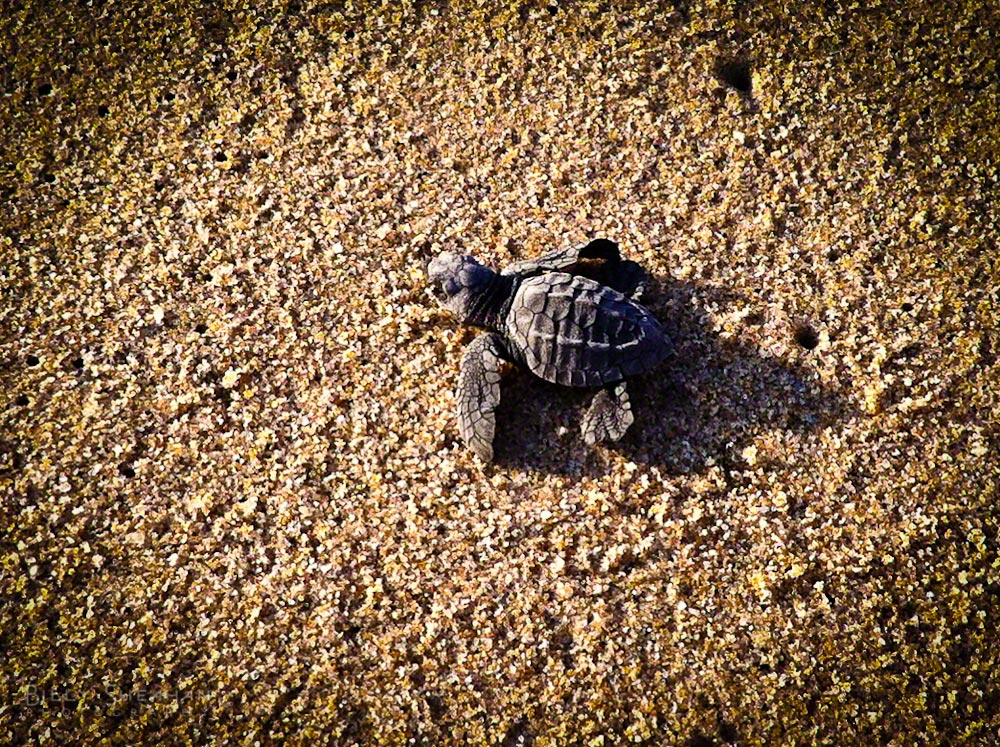
Ooh, that one had to hurt. Okay, shake it off guys. Rub some sand on it and get going again! There you go! C’mon! You can get there this time.
A few more waves and incredible turtle will power and the first ones were in. The others continued to get closer. It was amazing to witness.
Finally, they were all in the ocean, heading off to new unforeseen dangers around every corner. But at least they had some help. Perhaps not having to dig quite as much and scramble down the beach quite as much without becoming dinner for the birds. Perhaps they had a bit of extra energy to avoid a dozen other deadly things that awaited Henderson and the rest of them. At least that’s what we told ourselves as we slowly walked back to the cars.
It was an emotional experience. Some of us had misty eyes as we walked along the sand. We had all seen something really incredible. We had held the turtles in our hands before sending them on their way. We were told some of them might return again to the same beach decades from now to begin the cycle again.
Up next, ZoeFest X 2011 continues with the incredible Keira Grant.
More to come.